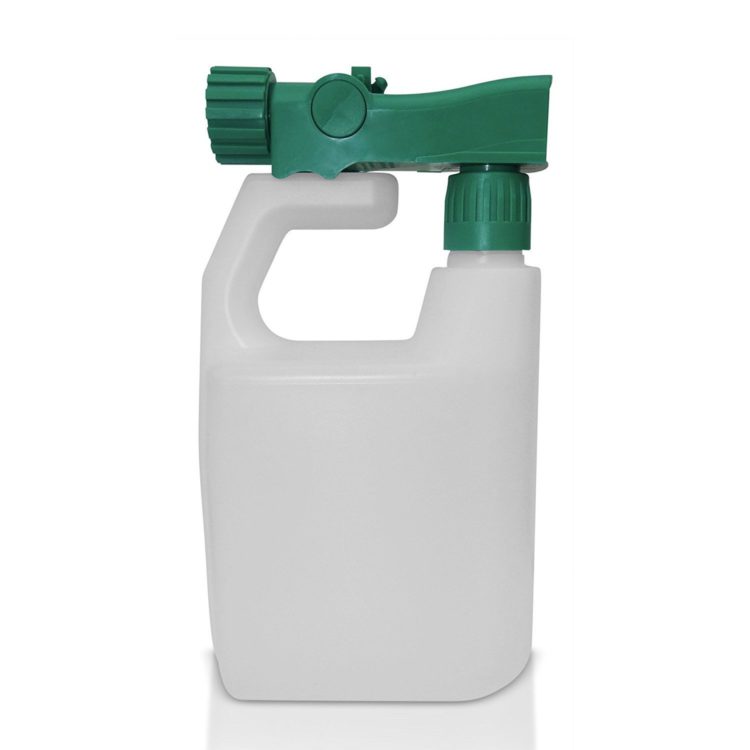Want To Bring the Goodness of an Ancient Forest
to your Orchard? And Right NOW ?
Experience 20% faster growth & higher yields!
Ever notice how a forest floor has this rich loamy top soil and everything seems to thrive? The plants all look healthy and grow in symbiotic balance to each other, never looking puny or diseased. They seem to thrive well without the addition of chemical fertilizers and sprays.
How can that be? Or is it just the stuff fairy tales are made of?
For years, organic scientists have been telling us to compost --- compost --- compost -- and that will heal our soil and we can grow wonderful, tasty, healthy fruits and vegetables.
But it means waiting 2-3 years to get ready to plant.
And needing extra space for the compost pile. And the chickens.
What's the homeowner to do?
Especially if he/she just retired and wants success right NOW ?!!
We've found many people embrace the concepts of organics, like the benefits, but don't have the time to invest in composting. And although we love the results of composting, sometimes we need it to be easier.
Time is precious and short, so we're constantly on the lookout for products and processes that will give results quicker than quick.
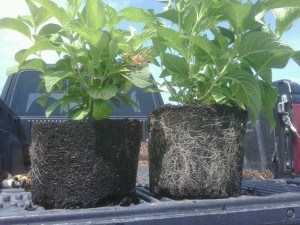
the plant on the right was treated with humic acid
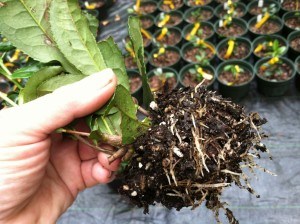
Enter the World of humus:

these rows of cayenne were grown conventionally without humic acid
Not hummus: just humus.
What you're looking at on that forest floor is rich deposits of humus, often covered with whatever mulch is naturally created in that particular environment. Humus deposits can be found world wide, but their biological content varies immensely.
Scientists harvest that humus to re-sell as peat products for the purpose of increasing water retention where-ever it is used. But there's peat and then there's peat -- some have a higher carbon content than others. And some have more beneficial microbes.
Scientists also make a tea from the humus that we call humic acid. This is quite useful when we'd like the nutrients without necessarily retaining more water.
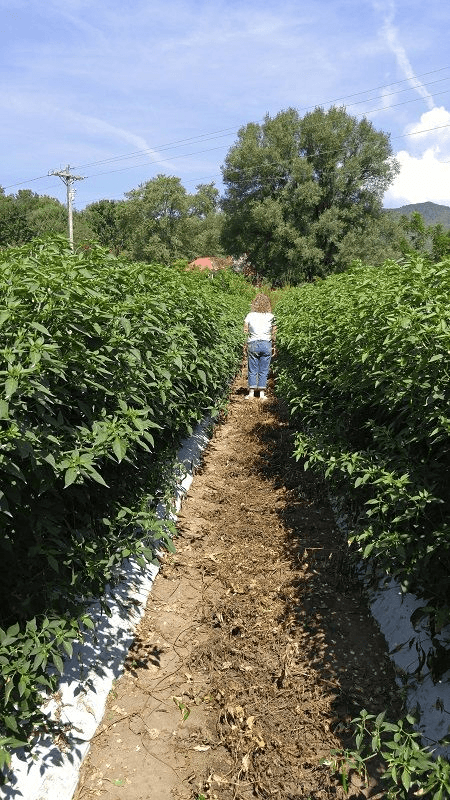
these rows of cayenne were treated with NutriHold humic acid: 2g/ac at the time of planting: yields increased by 22% !
What is humic acid and what does it do?
Humic acid is a tea made from ancient humus deposits that essentially captures the goodness of the forest floor microbes in a bottle.
Humic acid increases the microbial action in the soil, and therefore stimulates faster root growth in plants. It increases nutrient uptake, increases drought tolerance, and improves seed germination.
It chelates the ions in the soil, making trace minerals more available to the plants. It even locks up heavy metals, detoxifying the soil. In short, it brings that fairy tale to life.
Humic acid and the other naturally occurring elements found in this ancient humus are a key component used in bio-remediation projects worldwide. Interpretation: it's what scientists are using to clean up the toxic sites and make them habitable again!
Humic acid can also be derived from leonardite shale, an ore formation that is halfway between peat turning into coal. And while leonardite ores are more highly concentrated in humic acid than in the peat, and are also much more plentiful and cheap to resource, evidence exists that suggests the humic acid from this source is not as readily absorbed by the plants.
So be choosy about what kind of humic acid you use to get the best results.
Humic Acid: What we now use
We now have available a professional strength formula of humic acid called NutriHold™: it's like humic acid on steriods compared to what we used previously.
It is a tea made from ancient peat deposits in South Georgia and tests show it contains humic acid, fulvic acid, organic matter, and both beneficial bacteria and beneficial fungi. The basillus species of bacteria that it naturally contains are the nitrogen fixating family of bacteria.
Using humic acid sourced from ancient peat is far more absorb-able than that sourced from shale. Plants treated with the NutriHold™ easily show 20%+ faster growth and higher yields than those grown without: see the photo of the corn at the right grown both with and without.
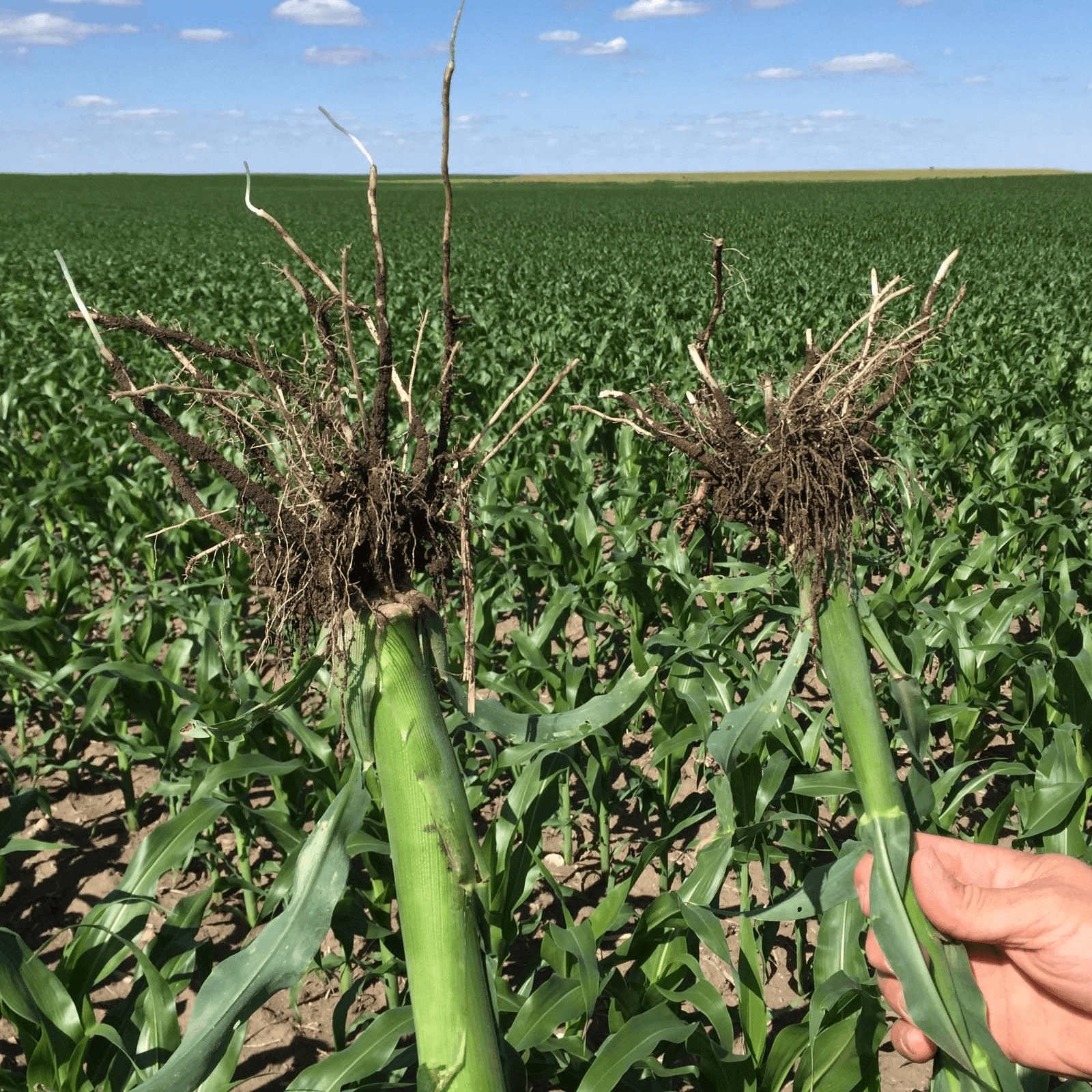
More about NutriHold™
NutriHold™ comes from a one-of-a-kind humus deposit that is the highest "fixed carbon humus deposit" discovered in the world to date: 22% organic carbon content. Within the deposit resides a diverse population of beneficial microbiology.
This natural humate deposit is harvested and sold in both a dry form for addition to the soil or potting mix, or as a liquid tea, with or without more added beneficials.
And while all 3 products are useful for different applications, we had to limit our choices to one: the liquid formula with added beneficials, simply known as NutriHold™.
NutriHold™ Organic vs NutriHold™
Both of these are liquid tea formulas made from the dry NutriHold (peat).
NutriHold™ Organic is the humus tea without the added beneficial bacteria and beneficial fungi. OMRI will not certify the NutriHold™ with the added microbials because they are a live culture and as such the amounts present cannot be verified or tightly controlled to meet their certification rules.
To be clear:
We are carrying the liquid product with the additional microbes because we understand it will outperform the organically certified one, and we have no issues with the lack of OMRI labeling, since we are not trying to be certified. Both are a "natural" soil amendment.
Also understand that NutriHold™ and NutriHold™ Organic are each independently privately labeled (for a fee) and therefore marketed under many different other names as well. Many of the formulas also have other ingredients mixed in to address a particular concern or to simply make their formula proprietary.
Jaboticaba species: before & after humic acid
Before:
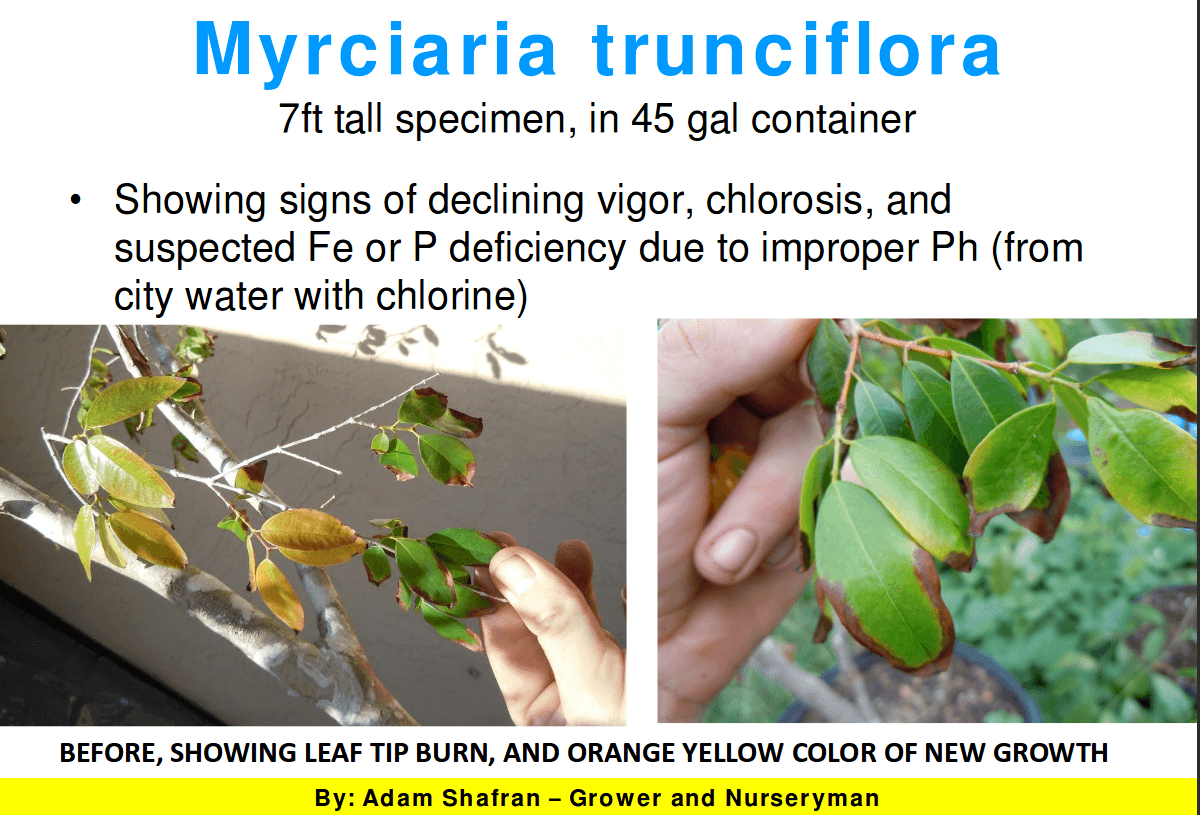
After:

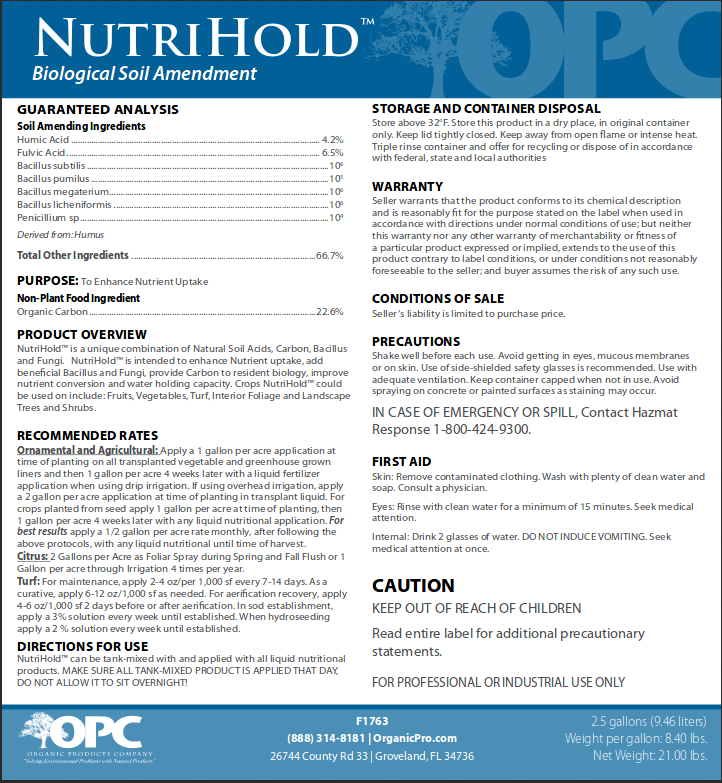
What the manufacturer has to say about (liquid) NutriHold™ Organic is actually true of both products:
"The Carbon component of NutriHold™ Organic serves to revive depleted soils by bringing a nutrient source to the resident biology that has been stressed in the soil because of the overuse of chemicals and fertilizers, poor crop rotations, salt contaminations in irrigation water and environmental pressures.
"NutriHold™ Organic also contains Humic and Fulvic Acid, both Organic Acids, which both help to improve soil conditions, chelate nutrients, improve soil conditions and facilitate the transfer of nutrients to the plant.
"The bacterial and fungal populations in NutriHold™ Organic perform the multiple functions of fixating Nitrates, removing chemical toxins, increasing biological populations in the soil and leaf surface, producing a wide variety of enzymes to aid in plant growth and colonizing root systems to protect against plant pathogens."
So if you'd like to experience this fairy tale in a bottle for your orchard, get in touch:
We are inventorying it in the smallest size containers available: 2.5 gallon jugs.
CAUTION: Please remember:
Keep all solutions in a safe place and out of the reach of children and pets.
Store in a dry place at temperatures between 32° to ~75°. Too much heat will cause gas to build up in the container. Shelf life is approx 2yrs.
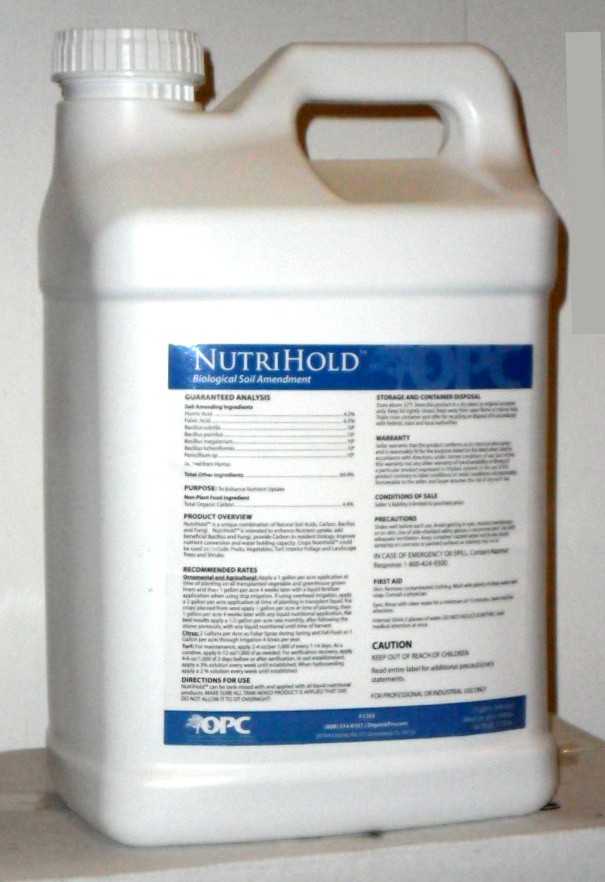
It's priced at $38/gallon,
or $95 per jug
includes sales tax.
Since it weighs 21 lbs, it is more economical to deliver whenever we are next in your area.
We recommend using an extra hose end sprayer dedicated specifically to this product --- be sure to label it clearly.
